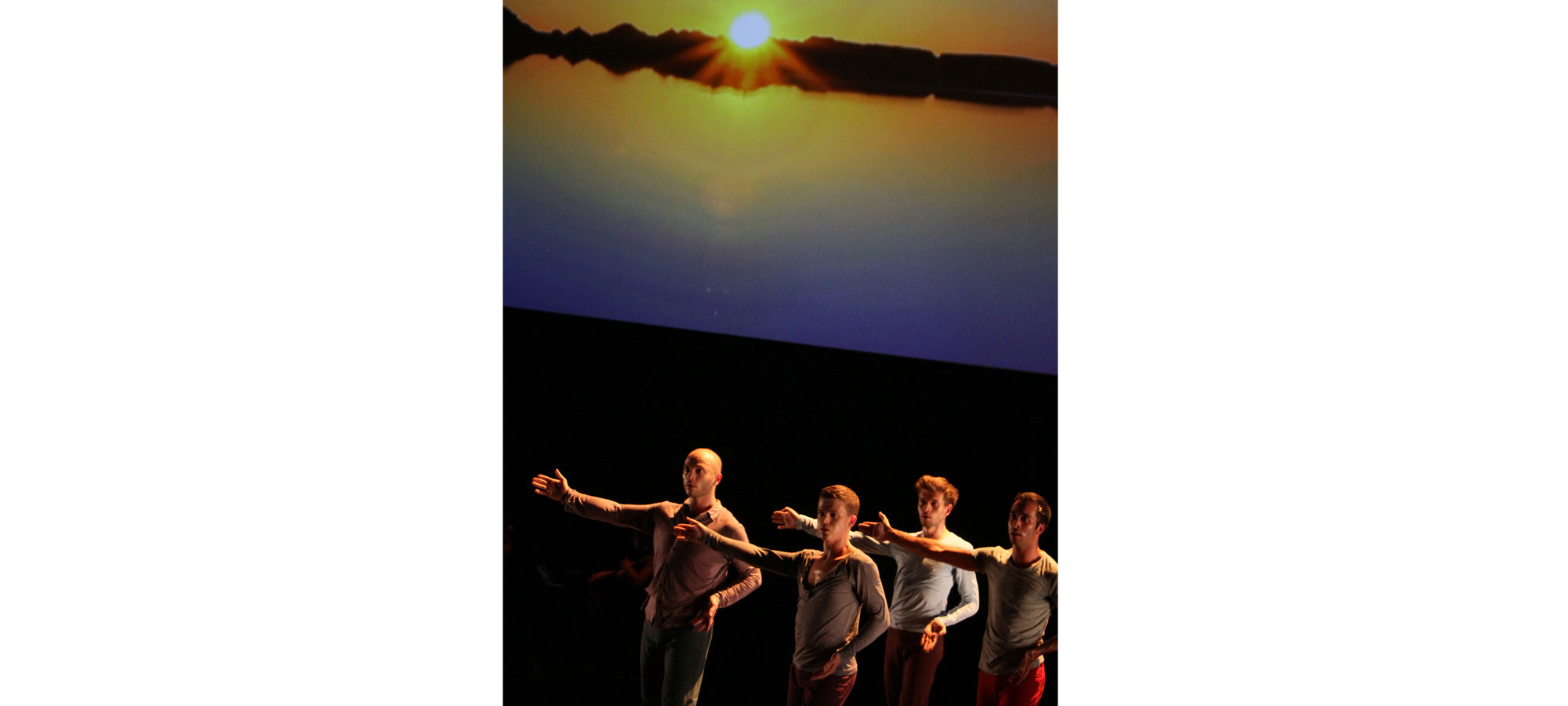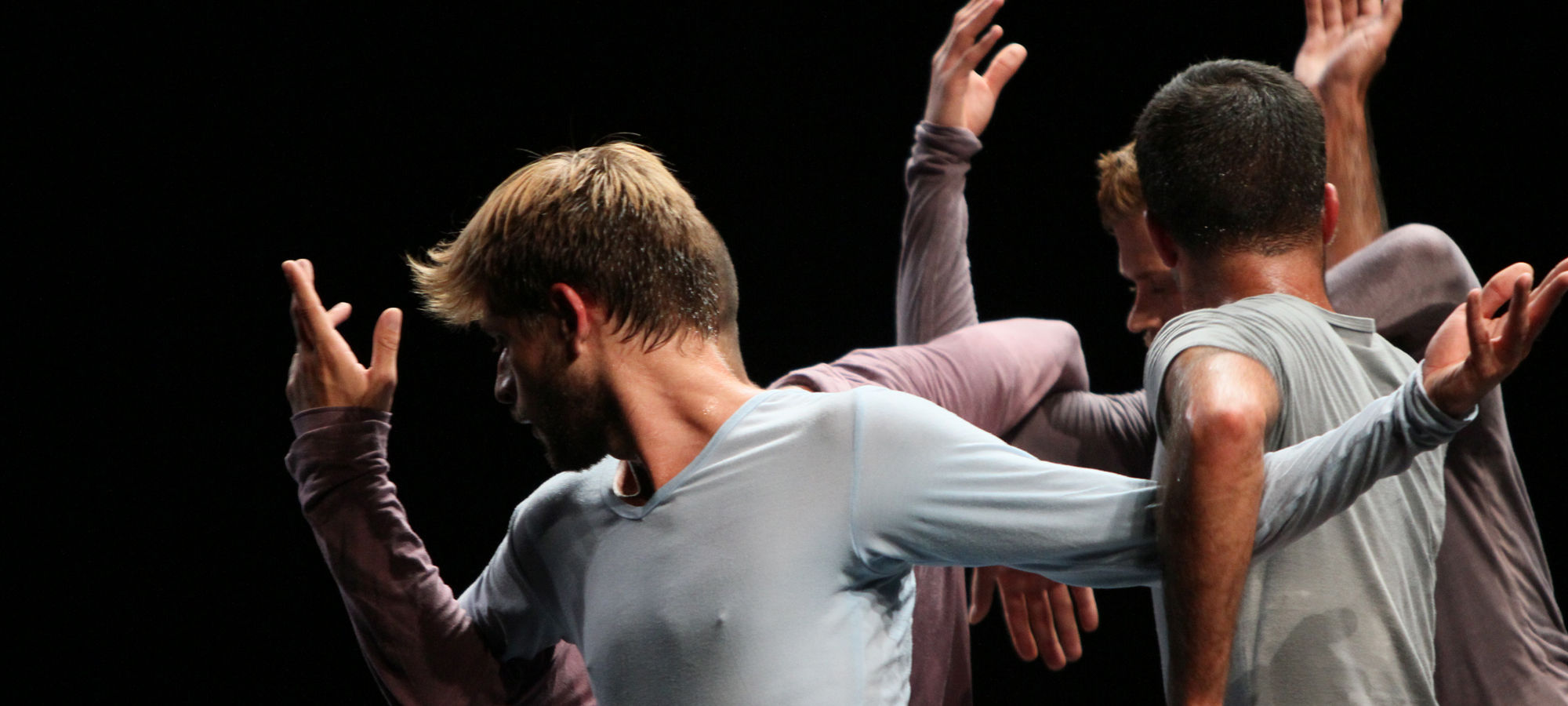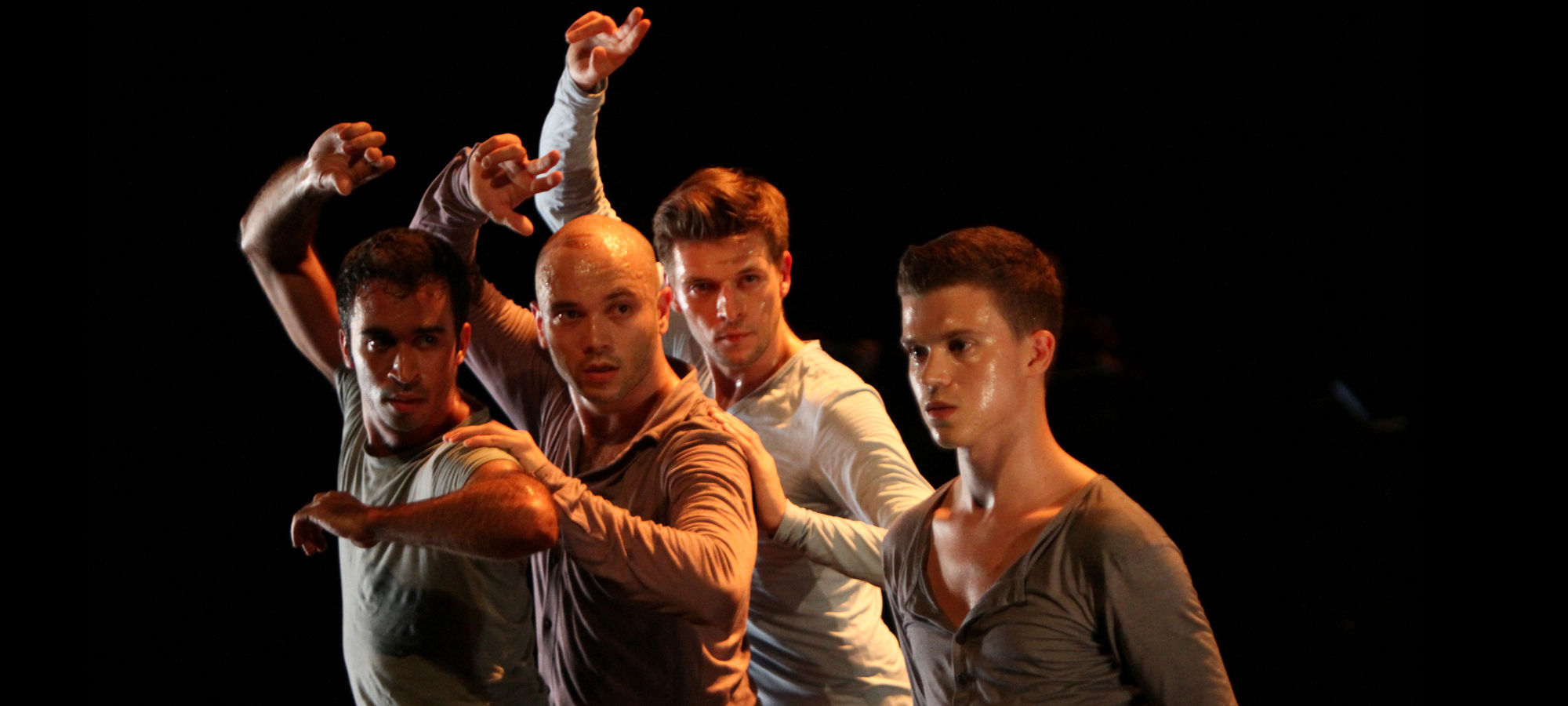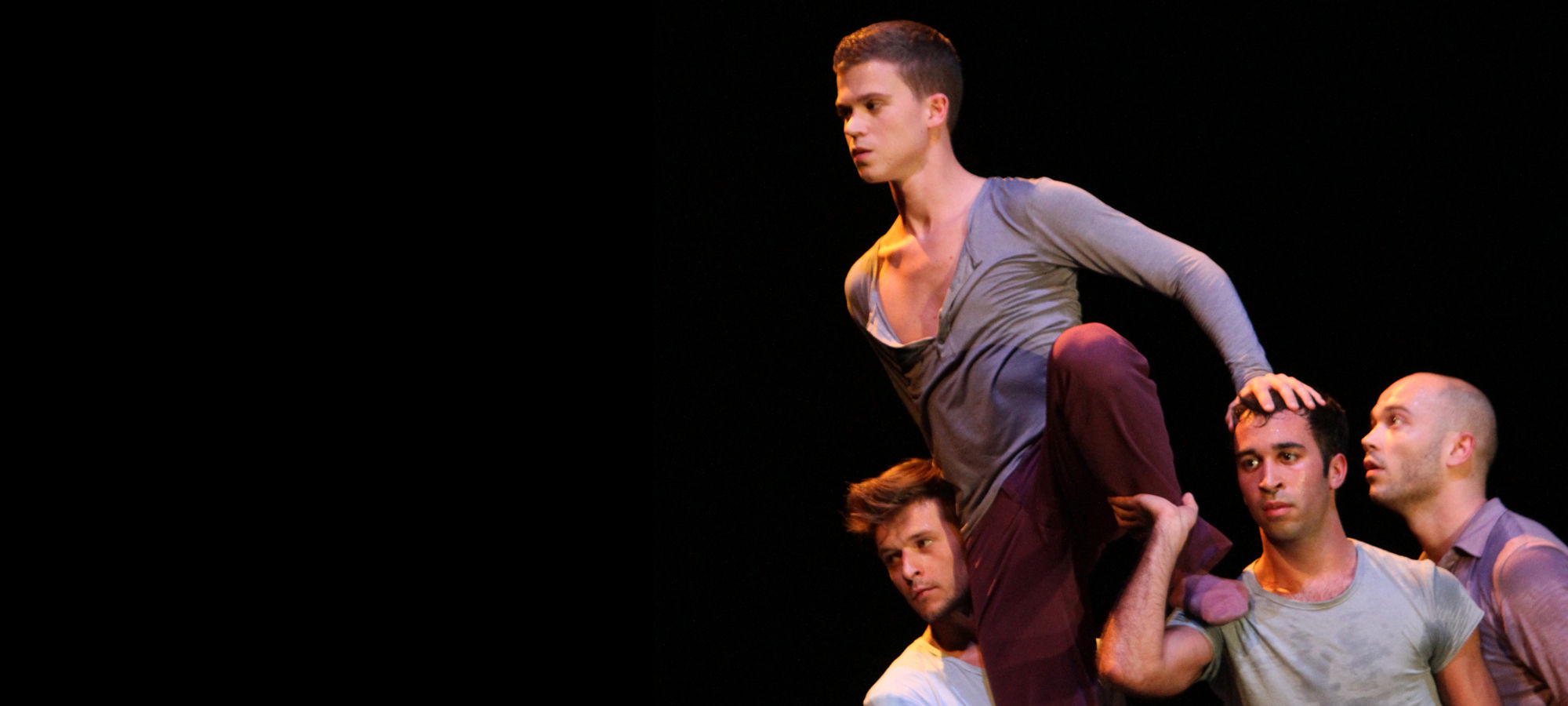
Siwa
Michel Kelemenis discovers the Egyptian oasis of Siwa in 1993. The mineral beauty of the site becomes associated with the loss of a loved one at the time provoking a unique emotion. The years go by, but the image haunts the choreographer. 20 years later, Claude Debussy’s string quartet, and a musical work conceived as a “mirrored reflection” composed by Yves Chauris, accompany male dancers in a piece intended to be a meditation on eternity before a horizon of primordial power. Siwa is an invitation to slow down time, to mediate, and to reconsider the value of life.
Nestled between the rocky plateau of North Africa and the vast Saharan desert, and isolated from contemporary Egypt, Siwa appears as a hypothesis for the southern most extremity of the Mediterranean consciousness. The Berber population attests to this. The site is surprising due to the omnipresence of water in multiple forms, namely large salt flats, and hot or cold springs. The high concentration of salt in the lakes, on days without wind, creates impressive and shimmering mirages of perfect landscapes, people and objects. Here, Alexander the Great came to consult the oracle of Amun, and perhaps saw the sun doubled: the sun rising to illuminate the vicissitudes of the world, and its reflected twin sliding toward the king to consecrate his divine superiority. The work gets its name from the oasis of Siwa. The landscape’s image translates a persistent vision that 20 years later, brings the choreographer back on the road to Siwa, and to the miracle of its water. By default, the work also evokes the ancestral division of genres, like a structural fracture making it necessary to navigate between harshness and gentleness.
The idea was to create an image of an isolated community bound by necessity, yet sometimes contentious. The quartet for men is constructed as an opposition between notions of permanency and variability, between the idea of eternity and the limited temporality of life from which this idea springs. A dialogue materializes here between life and the notion of eternity. Everything about the form evokes stability: the number of dancers, the horizontal staging, the shimmering in the music of Claude Debussy and Yves Chauris. Everything in this very agitated dance alternates between harmony and tension, between fluidity and rupture. The encounter between the dancers and the Tana Quartet imparts rhythm to this poetic enterprise. With Siwa, the choreographer delivers a constructed and detailed work whose flashes of eloquence and tension come directly from dance.






